Robotic Arm Testing
Apply adversarial attacks on a robotic arm
This project is elaborated based on an open-sourced benchmark and learning-environment for robotic manipulation: BulletArm. BulletArm builds upon PyBullet, providing a diverse set of tools tailored to robotic manipulation simulations.
In BulletArm, a visual-based agent is used to interact with the environment. BulletArm uses a non-differentiable renderer to obtain heightmaps from the workspace as the observation of the environment.
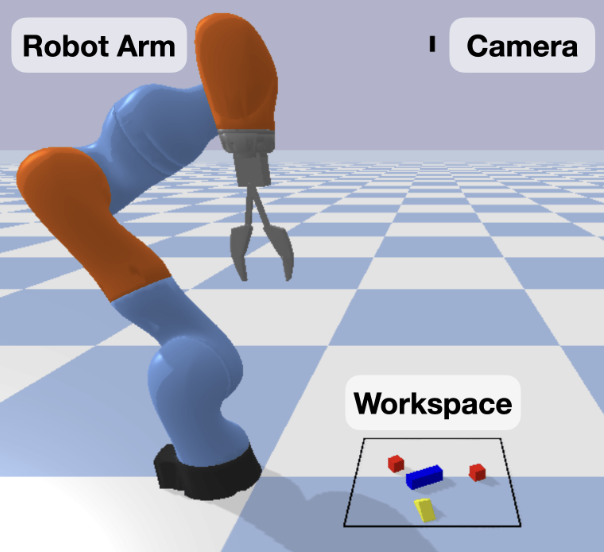
DQN takes heightmaps as input and outputs a q value map, it indicates the desired action of the robotic arm(action = [x, y, rotation], x and y are the postion the arm should reach to, rotation is the degree of the end-effector) that the agent should execute. (e.g. The x,y position of the max element on the q value map represents the desired).
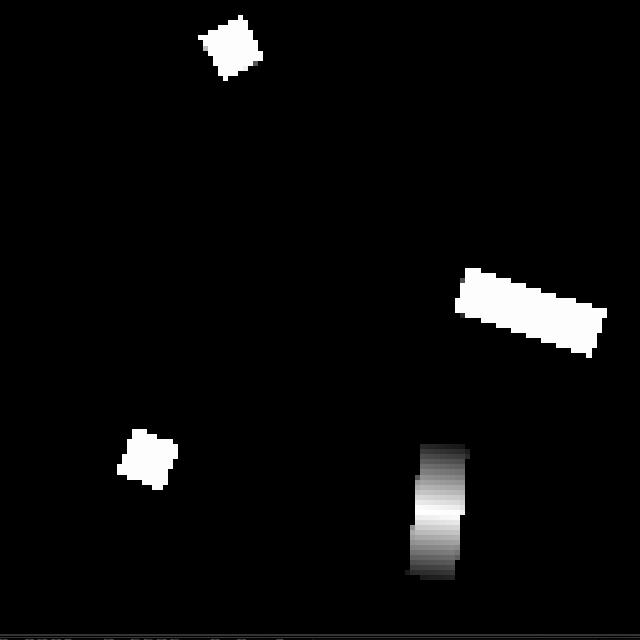
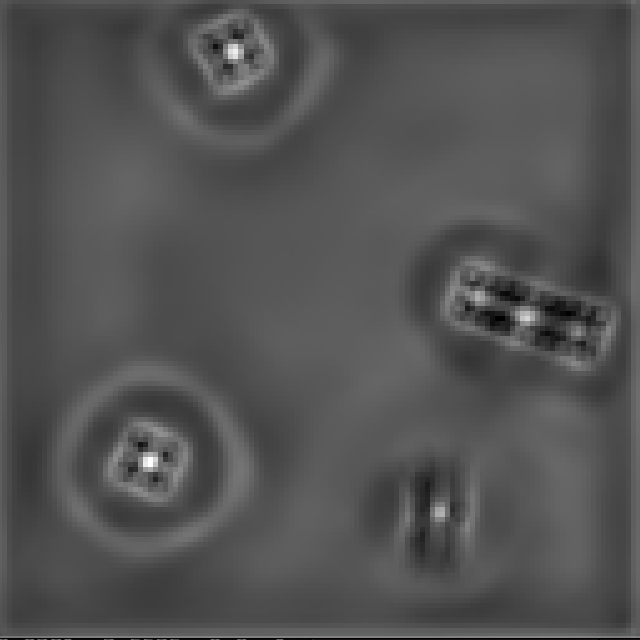
Our motivation is to find out the relationship between the initial workspace layout and the agent’s successful rate. Unlike other applictions of adversarial attacks that add perturbations on the input image, we aim at searching for a vulnerable layout of the workspace, which increase the failing rate of the agent.
To achieve it, a differentiable renderer should be introduced to replace the original one, thus we used redner, a differentiable renderer that can take the derivatives of rendering outputs with respect to arbitrary scene parameters. This enhancement facilitates direct optimization of the model using backpropagation algorithms.
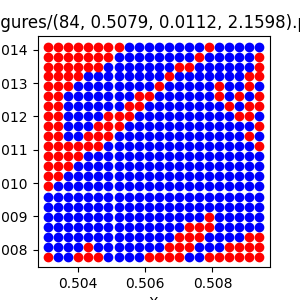
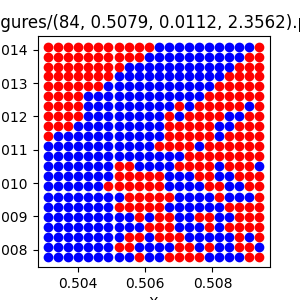
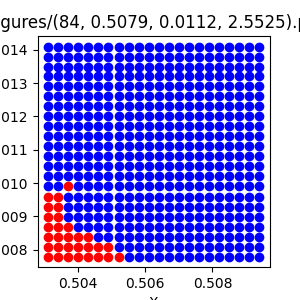
For the object grasping task investigation, experiments conducted within the Bulletarm robotic framework demonstrated that the effect of a given action on the environment is deterministic. Moreover, it was observed that the boundaries between success and failure within the action space are non-robust.